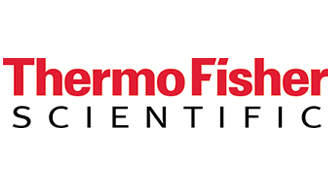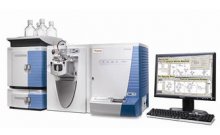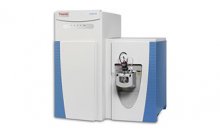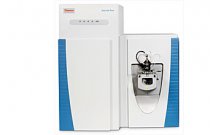采用LC-FAIMS-SRM分析血浆中稳定同位素标记脂肪酸
前言
The analysis of fatty acids is generally performed using GC-MS methods. While these methods provide the necessary sensitivity, sample preparation involves derivatization, which is time consuming and labor intensive. In comparison to GC methods, fatty acid analysis by LC-MS is simplified because derivatization is not required. The resulting LC-MS chromatogram, however, often exhibits a high chemical background that ultimately limits detection.
In this work, the gas-phase separation of high-Field Asymmetric waveform Ion Mobility Spectrometry (FAIMS) is used in combination with LC and zero neutral loss tandem MS to increase the selectivity of the method. The chemical background in the resulting LC-FAIMS-SRM chromatograms is significantly reduced with respect to that collected using the LC-SRM method. The result is improved detection limits for fatty acid analyses.
目标
To reduce the chemical background in the analysis of stable isotope labeled stearic and oleic acids by FAIMS with LC and tandem MS.
仪器
TSQ Quantum Ultra triple stage quadrupole mass spectrometer
结论
The use of FAIMS significantly reduced the chemical background and enriched the labeled fatty acid chromatograms by partially removing endogenous isobaric interferences. This reduction in chemical background helped to define the chromatographic peaks, which resulted in a more reliable integration of the ion signal. The overall result was an improved assay for the detection of tracer fatty acids in fat metabolism studies.




